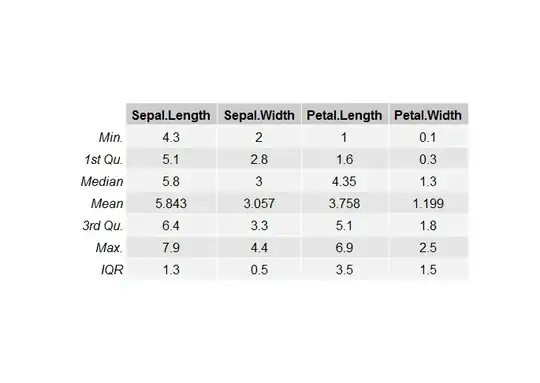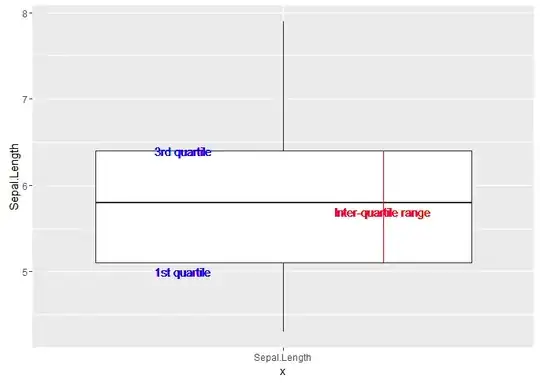Real world example - we have a data set with emails sent, and time in seconds from sent date to when a click happened. I want to be able to produce a metric such as:
Most of the clicks happened in X seconds, plus or minus some number.
Is the best way to do that to use an inverse distribution function with a 50 percentile?
ID SECONDS Percentile_Cont
-- ------- ---------------
1 110000 2750
2 3100 2750
3 2900 2750
4 2800 2750
5 2700 2750
6 2600 2750
7 2500 2750
8 1 2750
9 1 2750
For example, using SQL's percentile_cont function, we get 2750. Here is a SQL Server Example showing that result for those 9 values:
SELECT
PERCENTILE_CONT(0.5) WITHIN GROUP (ORDER BY A desc) OVER (PARTITION BY b) D
FROM
(
SELECT 1 B, 110000 A UNION
SELECT 1 B, 3100 A UNION
SELECT 1 B, 2900 A UNION
SELECT 1 B, 2800 A UNION
SELECT 1 B, 2700 A UNION
SELECT 1 B, 2600 A UNION
SELECT 1 B, 2500 A UNION
SELECT 1 B, 1 A UNION
SELECT 1 B, 1 A
) A
This seems to do what I want, but Are there better ways? Does that actually answer the question in the way I intended?

